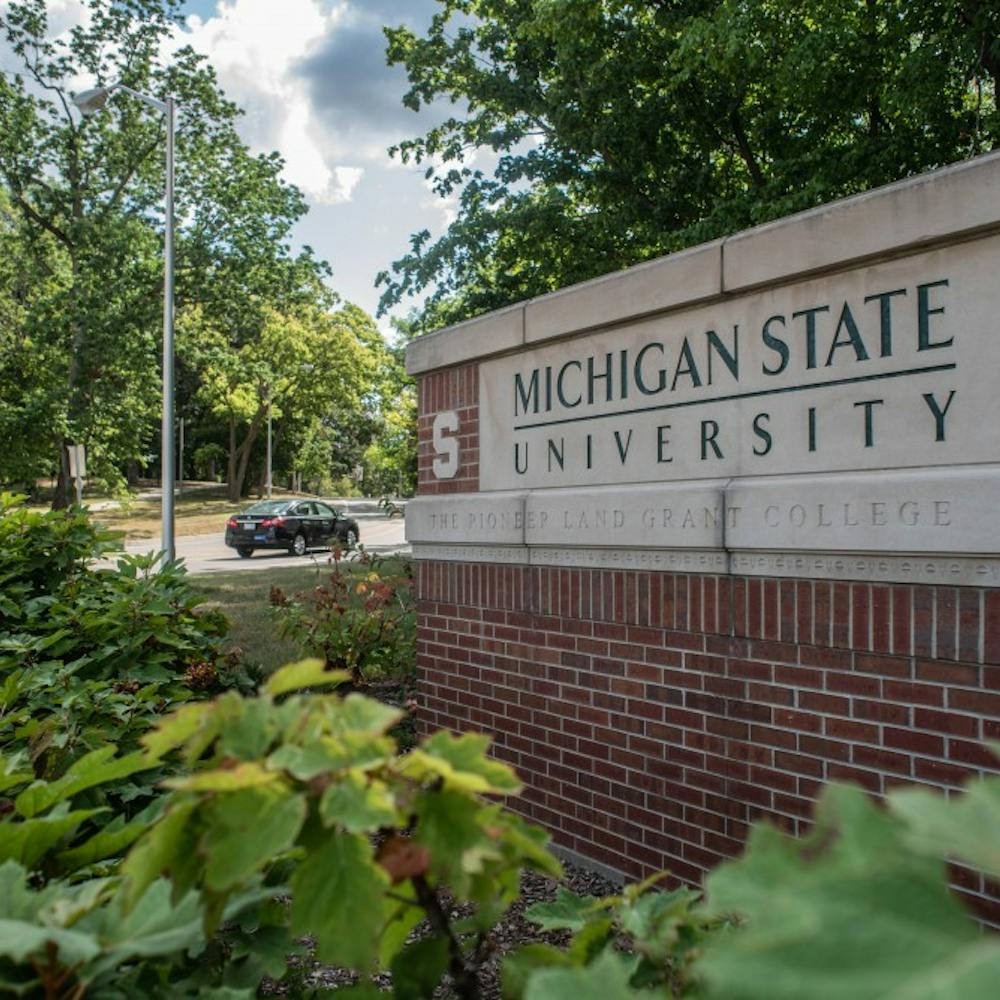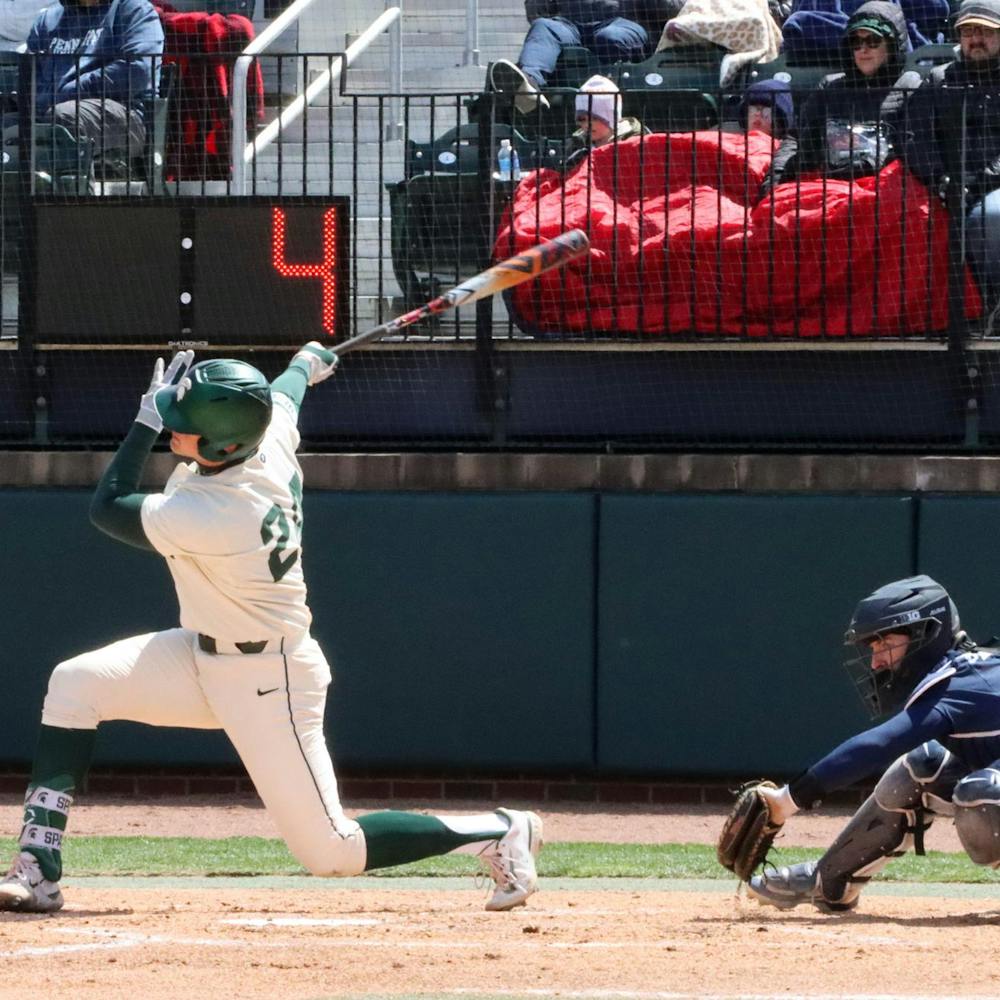An ongoing exhibit at the MSU Museum is putting a historical spin on the term selfie, as it traces back this sensation to its origins and displays the development of the first self-portraits and how they have evolved with technological and cultural changes.
The museum’s newest curator of history Shirley Wajda describes the exhibit called #me: from Silhouettes to Selfies, as a “pre-history of the selfie phenomenon.”
With her training in interdisciplinary American studies and material and visual culture, Wajda said she decided to create this exhibit after discovering the museum’s broad collection of photographs in the midst of hearing the word “selfie” emerge as a common term in social media.
“It seemed like the appropriate time to take a step back and consider historically what machine-made self-portraiture was and how it differs from, or anticipates, or informs our understanding of contemporary selfies,” Wajda said in an email.
Wajda said the first self-portrait machine was called a physiognotrace, and allowed an individual to sit and trace his or her profile. The outline then was transferred to a sheet of paper to produce popular silhouettes of the early 18th century.
Following this initial machine, Wajda said the daguerreotype process was created in 1839 to accommodate the demand for portraits. The process created such silhouettes faster and more efficiently.
“The cameras and images in the exhibition tell the story of the evolution of machine-made likenesses by relating aspects of the selfie to earlier technologies,” Wajda said.
According to Wajda, the daguerreotype was referred to as the “mirror of nature,” because the viewer could see himself or herself in the mirrored surface of the machine by simply shifting the angle. The process of taking photographs with this instrument demonstrates a visual connection to the mirrored surface and the two-way camera that smartphones have today.
In addition to these earlier photographic techniques that seem to link the past with our present phenomenon, Wajda said she was intrigued to find another similarity present in a camera produced by Kodak in 1914.
“It was called the Autographic, and it included a stylus with which the photographer could inscribe notes on the edge of the photographic negative, very much like the short messages we write to accompany our selfies,” Wajda said.
MSU Museum’s acting director Lora Helou said the exhibit does a good job of showing the transformation of these personal images that we use to commemorate milestones and to be part of the social media community.
“I think she (Wajda) did a really neat job of giving continuity between history and today with our fixation on selfies,” Helou said. “One of the goals for this exhibit is to show how collections and artifacts tell stories and connect us to who we are.”
Support student media!
Please consider donating to The State News and help fund the future of journalism.
Discussion
Share and discuss “MSU Museum exhibit traces selfies back to 18th century” on social media.



